In Redheaded Peckerwood (Patterson, 2011) Christian Patterson tells the story of two teenagers who went on a killing spree in Nebraska in 1956 including the family of one of them, Cyril Ann Fugate. It has inspired a film, Badlands (1973) and a Springsteen song – Nebraska. The male, Starkweather, is said to have done all the actual killings and was sentenced to death. Fugate, now Clair, spent 17 years in prison, although claiming she was a victim, a hostage, rather than a willing accomplice. She is, at present, asking for a pardon.
Patterson has made an extensive photobook which includes places and images central to the story together with re-enactments and landscape photography. There are also images of items that belonged to the pair, together with maps and letters. The book is presented as a visual crime dossier. Much is left to the reader to interpret. The book and the individual images are available to see on Patterson’s website (Patterson, s.d.). It includes pictures and inset documents that are made to look like originals. The images are a mixture of black and white utilising various formats. Some are factual, a shotgun shell, a jackknife. Others show places, a road, one of the victim’s houses. The relevance of others is less clear, a painted sign – FRUIT CAKE – 98c, another one – Ask for ETHYL, I assume these are linked to Nebraska in the 1950’s. The book reads as a mythical tale, a horror story, although it is a retelling of a real event, shown though images that build up and up to the final arrest. The interspersed images of fiery skies, bushes and trees that appear aflame increase the tension. The included texts, a confession, a poem (it doesn’t say who by), a list Confasius Says, increase the breadth of the work and the need to think about it. What are they saying? What does the book say about the story? What does it say about the world – both in 1956 and now?
Badger says ‘The result is not just a blurring of the boundaries between then and now, or between fiction and non-fiction, but a profound demonstration of photography’s ineffability — and also its power to resurrect a past event and make it relevant for a contemporary audience’ (Parr and Badger, 2004) . This is a better description than I can give. It is a book I would love to have.
Rubber Flapper by Michael Colvin (Colvin, 2015) is a story (fictional) about a family in the 1930’s. It was partly made in response to the cutting off access to the Alice Austin photographic archives to gender theorists, and as a voice for the LGBTQ+ community showing coping strategies. It shows constructed images, stained newspaper reports, and most telling, a letter from the (imaginary) society that holds the archives telling him to stop work. It could be real! Is it? The project talks about lack of power to tell your story which continues to be a frightening issue and is very topical in 2020. In the OCA article Colvin talks about hidden history and reminds us that all history is written by the victor, which, at this moment, in the Western world, is white, patriarchal and heterosexual and (I would add) neurotypical. He is talking about the hidden nature of the Gay population within photography – but this also applies to all minorities. He reminds us that ‘History is not facts. Facts are facts. History is storytelling from a particular point of view’.
The Fae Richards Photo Archive (Leonard and Dunye, 1996) by Leonard and Dunyeis an entirely fictional photo archive of a black film star Fae Richards. It shows her life though photographs and is entirely convincing, right though to the list of photos, with details made on an old typewriter, with blurring and a poor typeface. The images could have been taken from an archive although the are actually acted out. I particularly like 58, with Fae in Black Guns , as a gangster’s moll and 16/17 of Fae in the Garden State Park – 1933 in a typical shot with friends ( I have similar images in my mother’s archive – which would have been taken in the same place at the same time). While this book relies less on text, the list of images is crucial to making it seem real. Like Colvin’s work it is telling the story of a group of people that were widely overlooked – who knows the names of the film actresses of that era unless they were white?
All three of these pieces of work blur the lines between fiction and fact, reality and story. Patterson tells a real story in a way that could be fiction, and so makes it more real, Colvin and Leonard tell fictional stories as though they were facts. The length and complexity of the works helps to make them real. Does it matter if a story is fiction if it tells the truth? And there – we are back to the argument about what is truth and how do you portray it.
References:
Colvin, M. (2015) Rubber Flapper. At: https://www.oca.ac.uk/weareoca/photography/rubber-flapper/ (Accessed 01/07/2020).
Leonard, Z. and Dunye, C. (eds.) (1996) The Fae Richards photo archive. San Francisco: Artspace Books.
Parr, M. and Badger, G. (2004) The photobook: a history. London: Phaidon.
Patterson, C. (2011) Redheaded Peckerwood. London: Mack.
Patterson, C. (s.d.) CHRISTIAN PATTERSON | Redheaded Peckerwood (2005-2011). At: http://www.christianpatterson.com/redheaded-peckerwood-info/ (Accessed 01/07/2020).




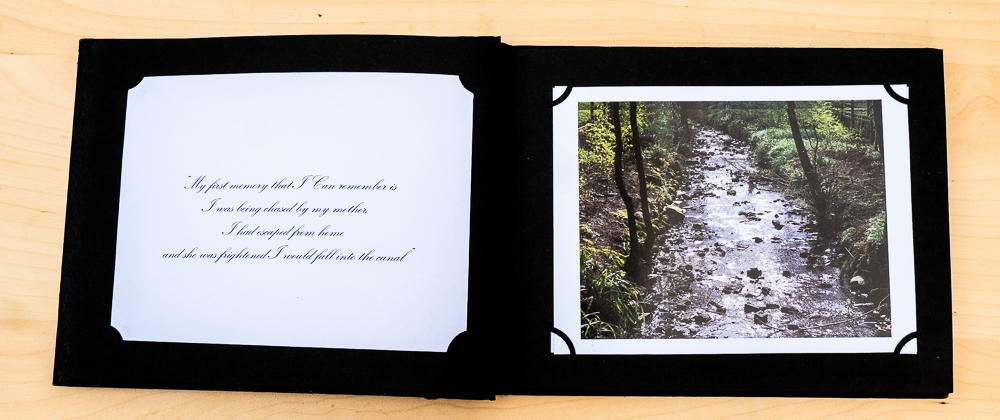
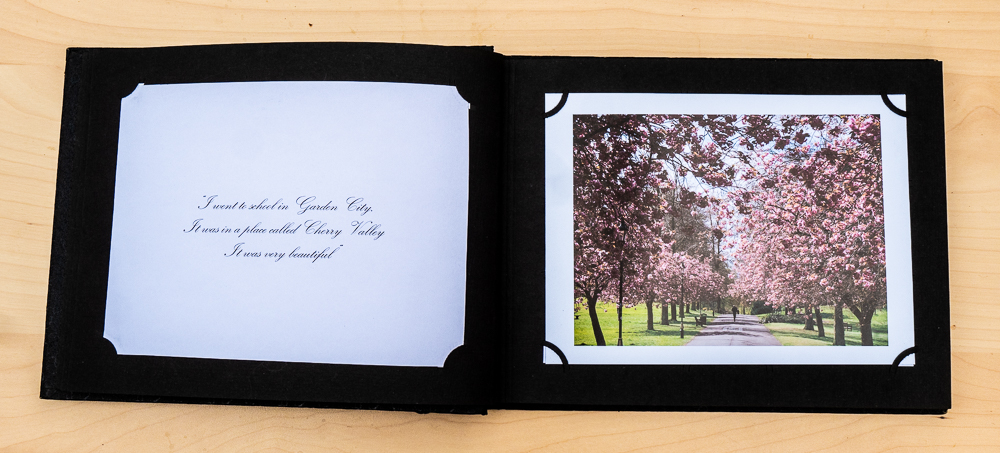









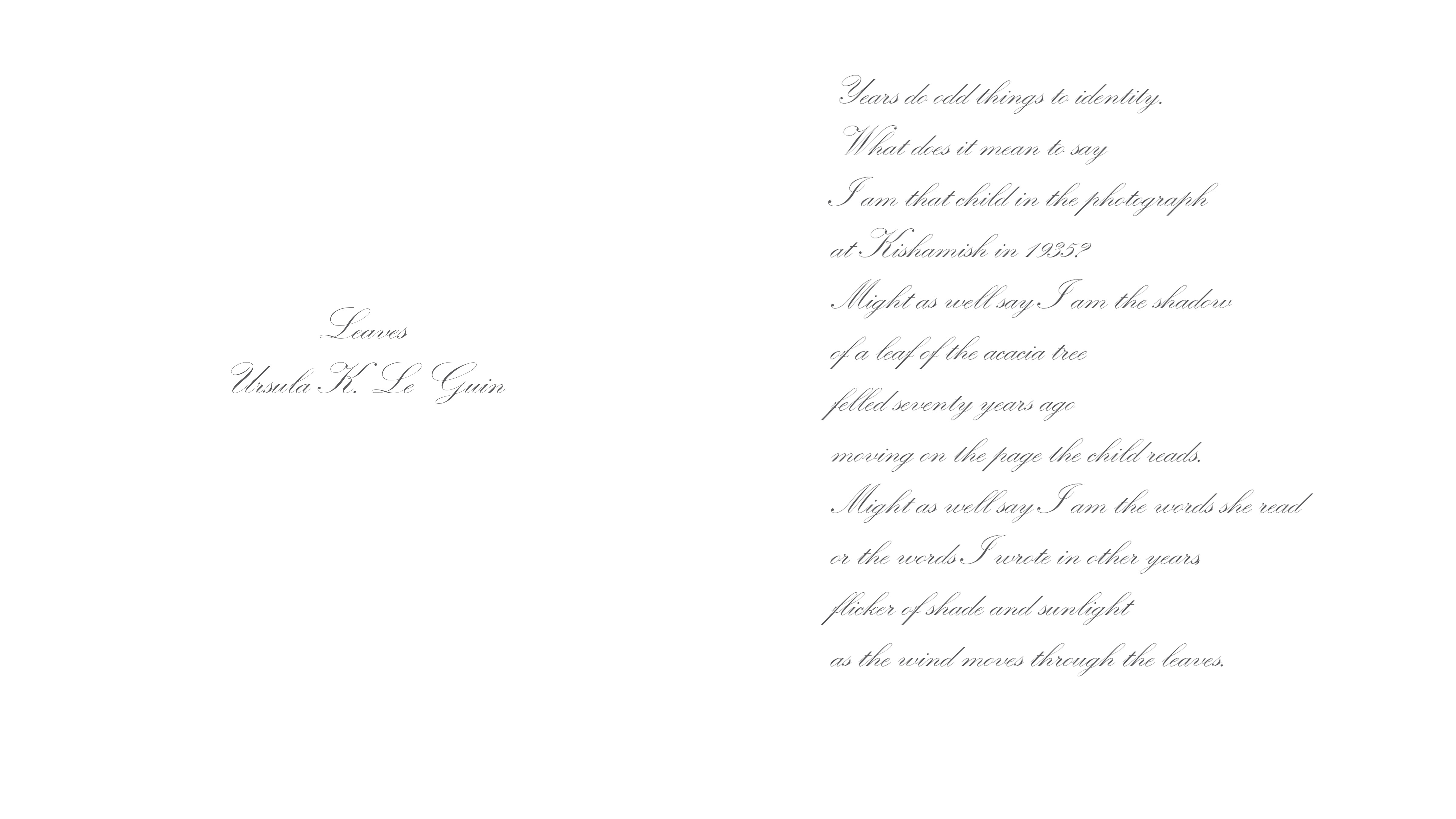 For the video I was helped by my son – who is far more technically minded than I am.
For the video I was helped by my son – who is far more technically minded than I am.


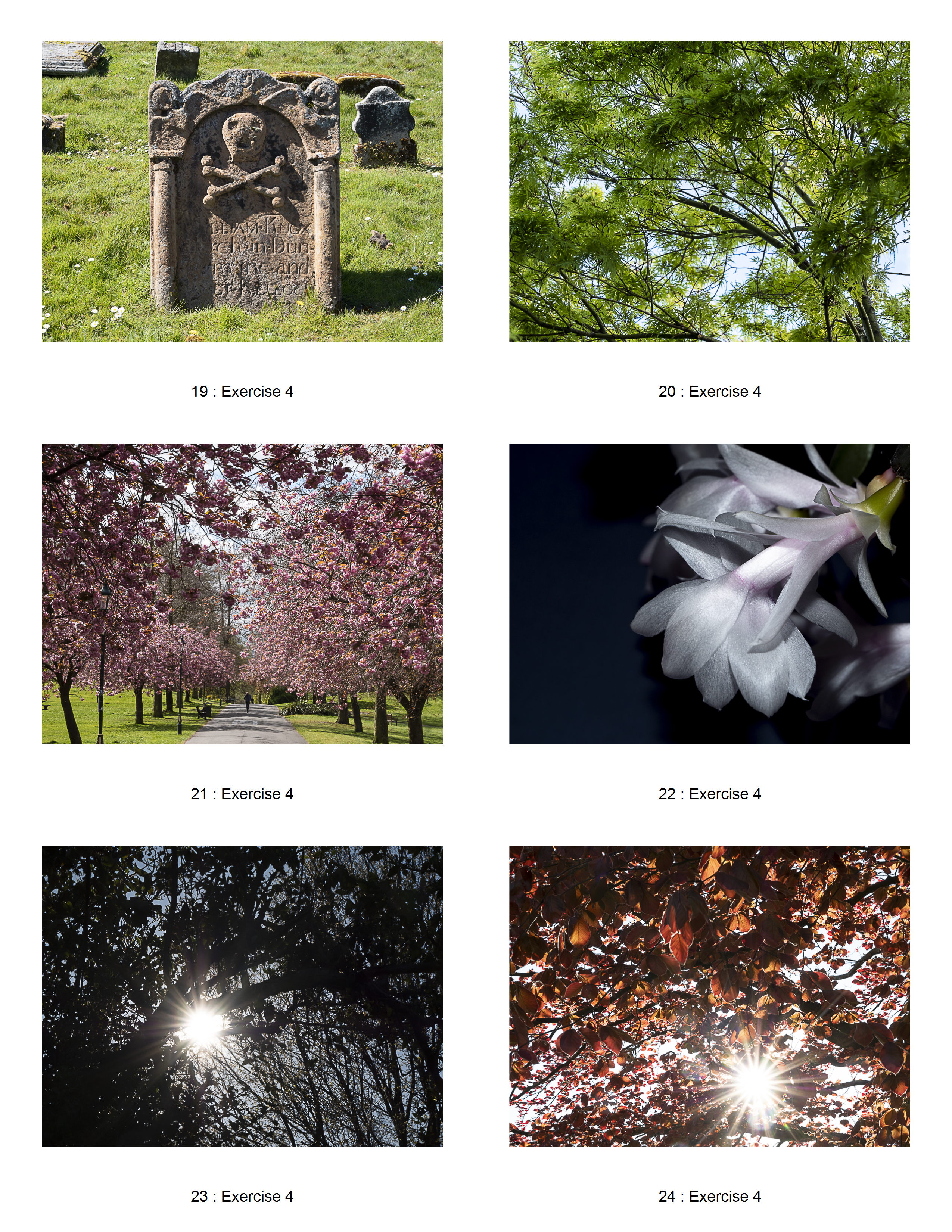

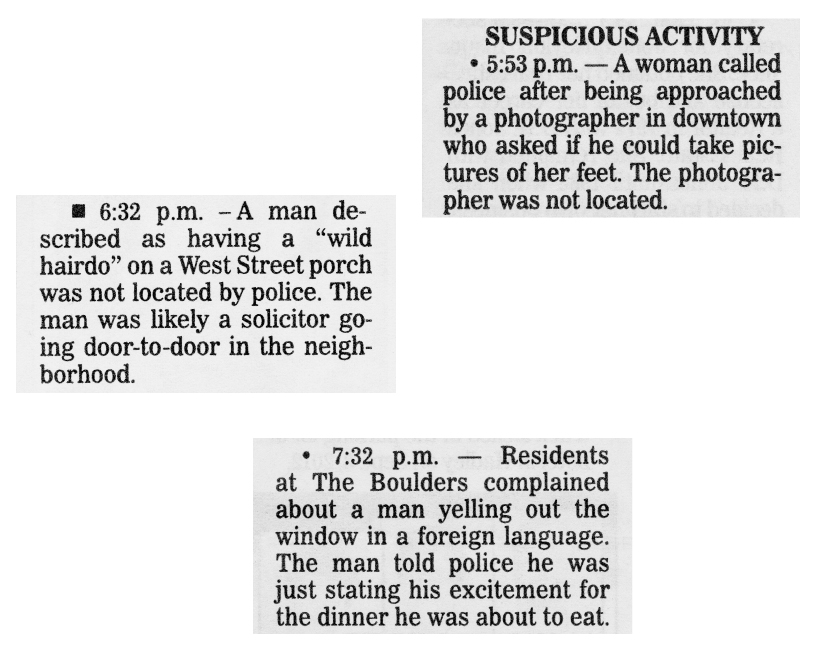


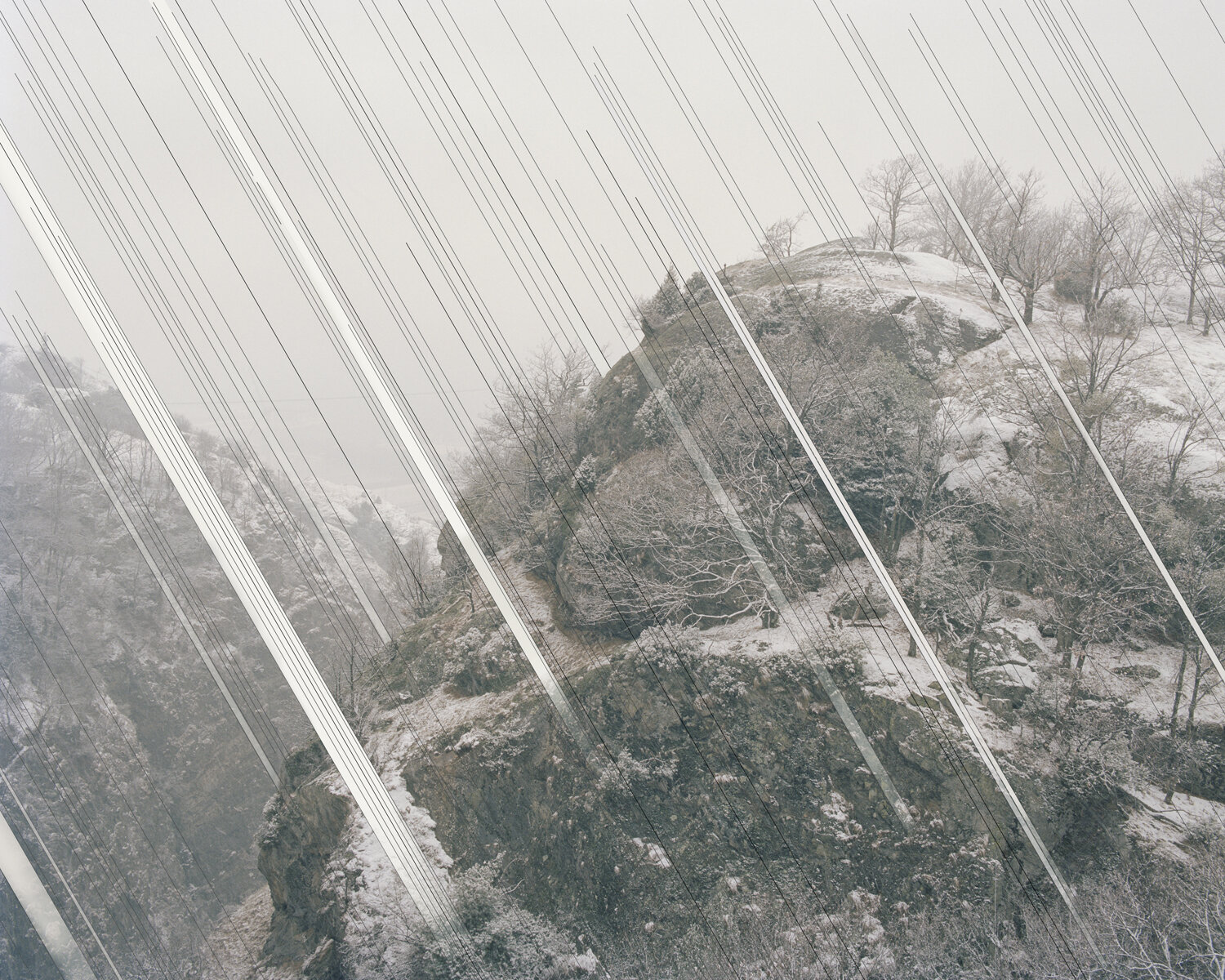
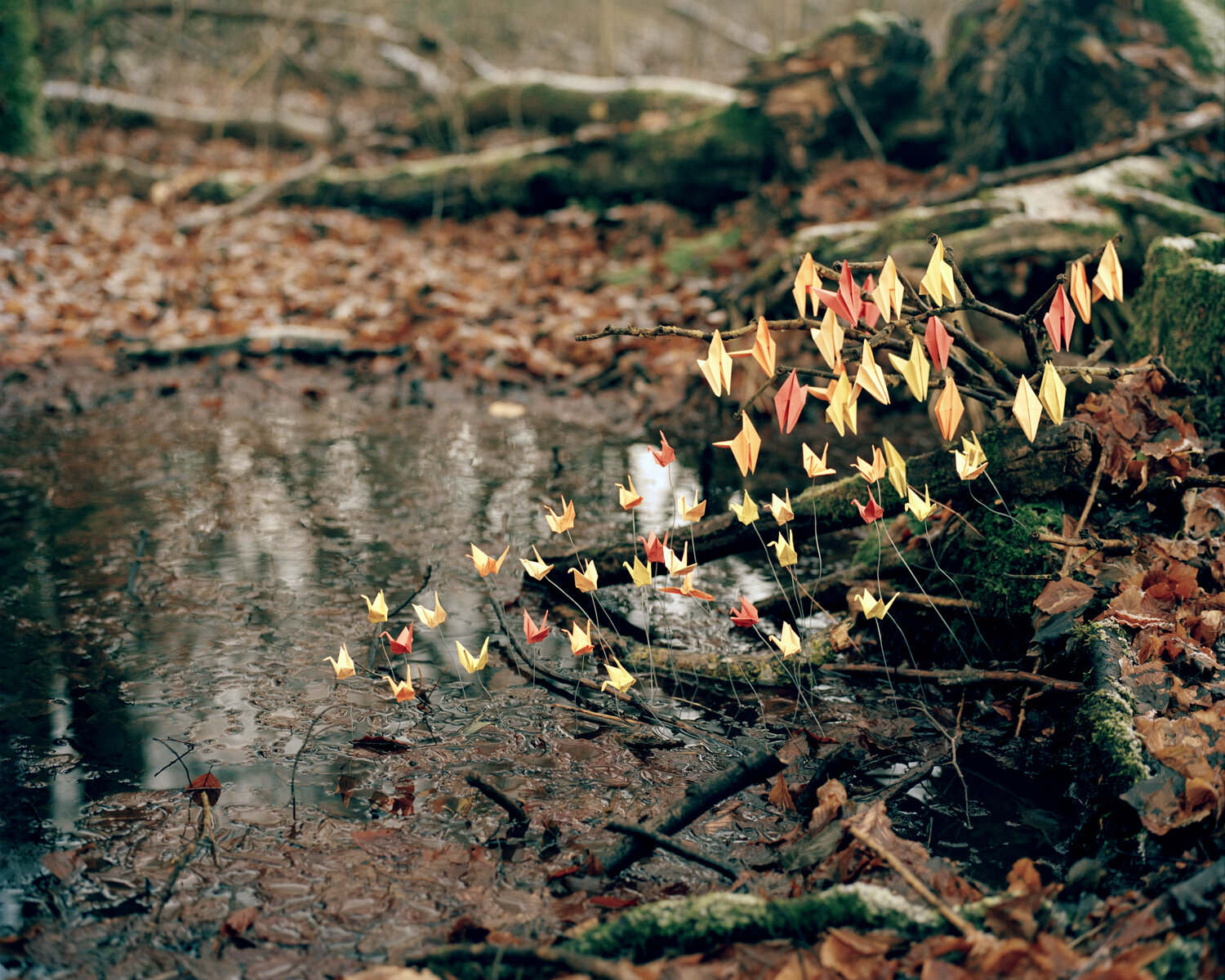

![IMG_7239[10625]](https://scottishzoeidentityandplace.blog/wp-content/uploads/2020/05/img_723910625.jpg)
![IMG_7241[10627]](https://scottishzoeidentityandplace.blog/wp-content/uploads/2020/05/img_724110627.jpg)
















